Contributor Essays
These short essays reflect on and relate select materials from the Sound & Science database. They are written by experts in the field, most of whom have digitized their archival materials and generously contributed them to our database for open access. Enjoy reading about the AT&T Archives and History Center, an extensive collection of materials dating back to the founding of the American Bell Telephone Company in the 1870s. Learn about the history of scientific animal recording in the twentieth century. Read and listen to the gramophone recordings made by sound engineer Anton Springer for his experiments in acoustic speed and pitch regulation, and more!
Wired Sounds and Surface Noise: Redoing a 1930 “Tape Recorder”
by Christina Dörfling
https://soundandscience.net/wp-content/uploads/2024/03/Redoing-Stille_Sound-and-Science.mp4 In the 1920s, the German engineer Curt Stille developed an electromagnetic wire recorder based on earlier attempts by Valdemar Poulsen in 1900. At the end of the decade, Stille sold his patents to Ludwig Blattner, who used them to develop steel tape recording for the BBC, enabling the time-delayed broadcasting [...]
March 1, 2024
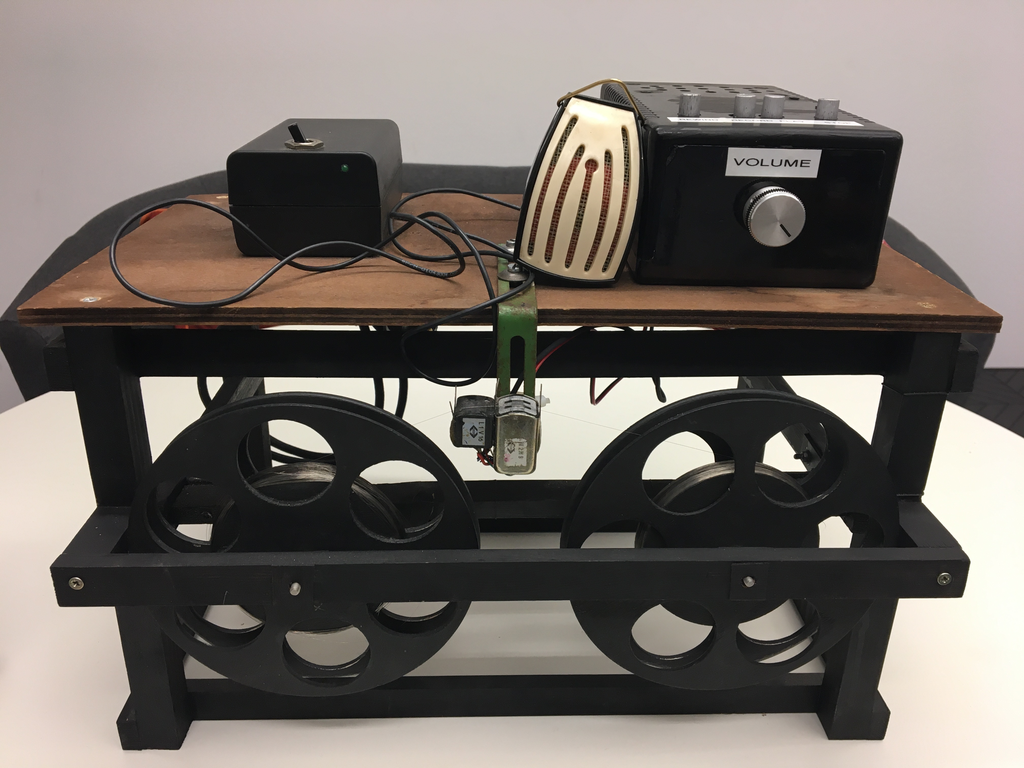
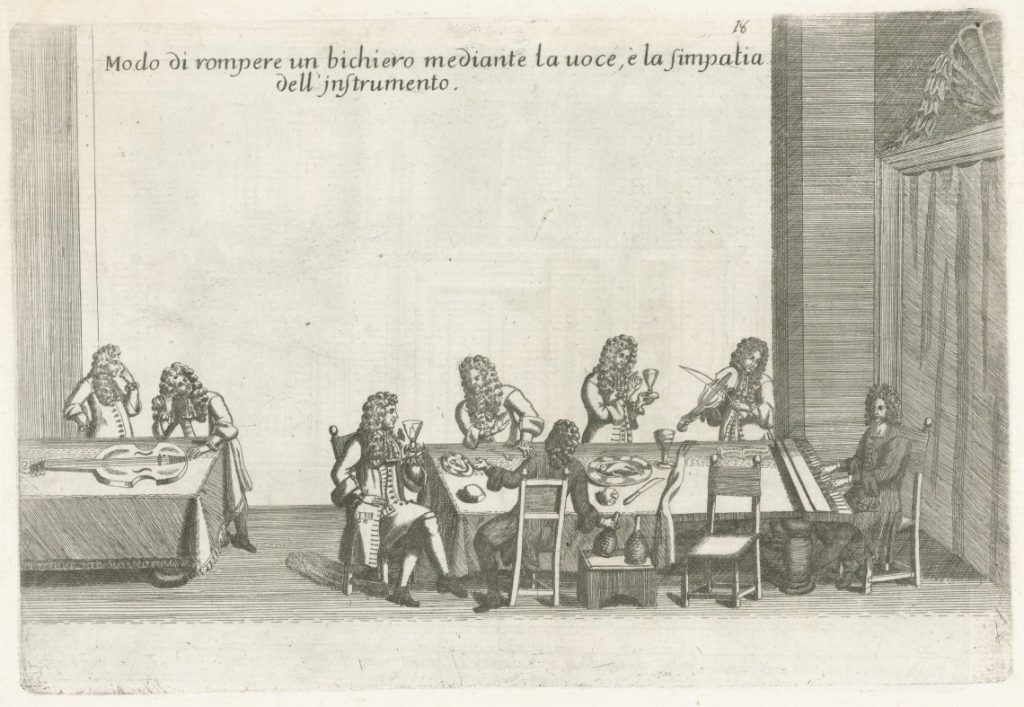
Breaking Glasses and Shattering Myths: Sound and Science in Seventeenth - Century Europe
by Leendert van der Miesen
Early modern science is often described as a visual endeavor, based on new strategies and technologies of visual observation. But a wide variety of sounds attracted equally broad scientific attention. Scholars, natural philosophers, and mathematicians investigated and experimented with sound and musical instruments and developed theories of hearing. Within scientific academies, such as the Royal Society [...]
March 16, 2021

Noise Screen and Ghost Images: Acoustic Borderlands at Frankfurt Airport
by Susanne Bauer, Nils Güttler and Martina Schlünder
At Frankfurt Airport a large gray concrete wall dominates the area near the gate to the airport’s cargo facilities (Fig. 1). Cars, logistics vans, and employees arriving by bus pass through this gate on their way to the logistics buildings and apron. The massive construction—15 meters high, 2.6 kilometers long—is reminiscent of a medieval city wall but has nothing to do with airport security. [...]
October 26, 2020
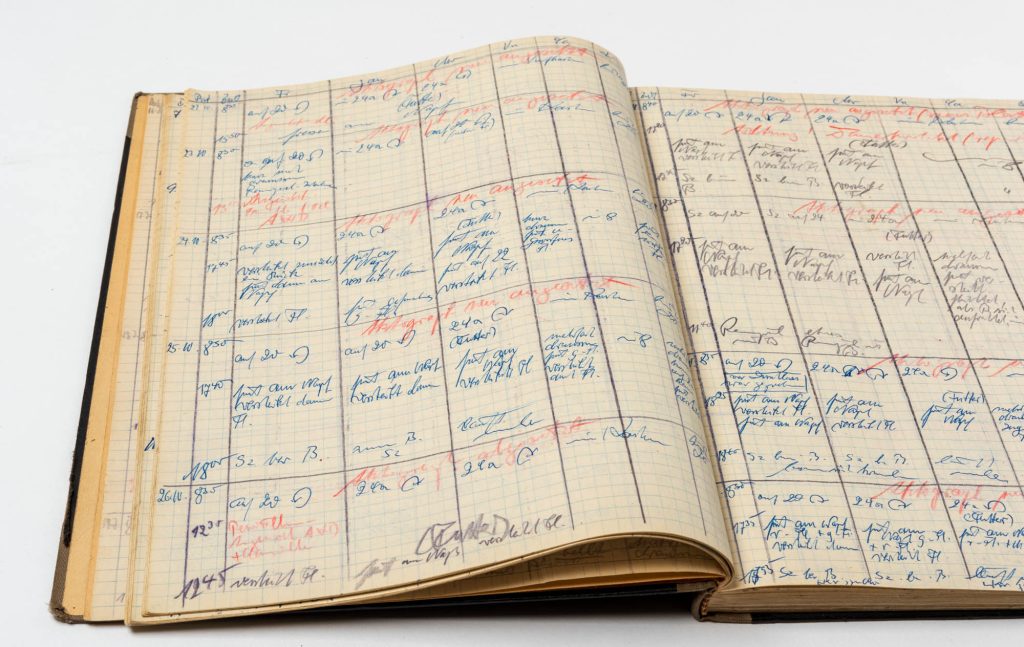
Temporalizing Space through Sound and Movement: the Günter Tembrock protocols on fox behavior
by Sophia Gräfe and Alexandra Hui
In 1948, Günter Tembrock (1918–2011) established the Forschungsstätte für Tierpsychologie (Research Centre for Animal Psychology), which would become an important nexus for behavioral biology in the GDR. As director of the Zoological Institute at Humboldt University of Berlin, Tembrock oversaw the establishment of the Tierstimmen (animal sound) collection. Under Tembrock’s leadership, this [...]
July 29, 2020
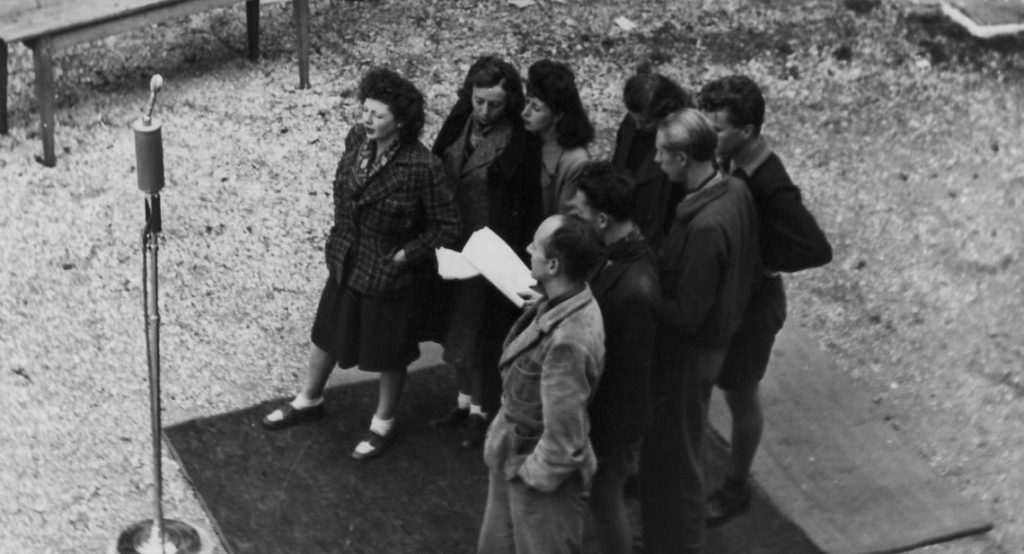
Pierre Schaeffer’s Microphones (1942): Between Radio and Theater
by Marie-Madeleine Mervant-Roux
From mid-September to mid-October 1942, Pierre Schaeffer (32) and theater director Jacques Copeau (63) co-directed a training course in Beaune (Burgundy, France): young actors were trained to use the microphone so that they might contribute to the emerging field of radiophonic arts. The archival traces left by this first Studio d’Essai will be presented in this essay. 1942 was for Pierre Schaeffer [...]
April 15, 2020
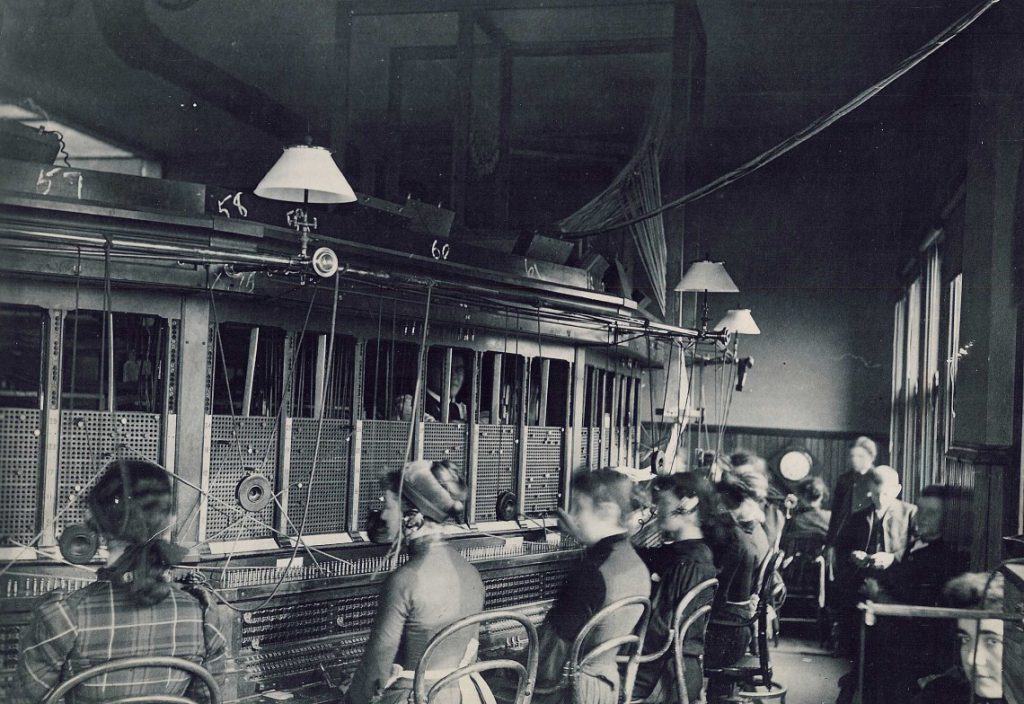
The AT&T Archives and History Center: An Interview with Sheldon Hochheiser
by Xiaochang Li
The AT&T Archives and History Center contains a sprawling collection of material from the company’s corporate and research activities extending back to the origins of the American Bell Telephone Company in the 1870s. Housed within an unassuming warehouse facility in Warren, New Jersey, the collection contains roughly 35,000 cubic feet of documents, photographs, sound recordings, film and [...]
April 9, 2020
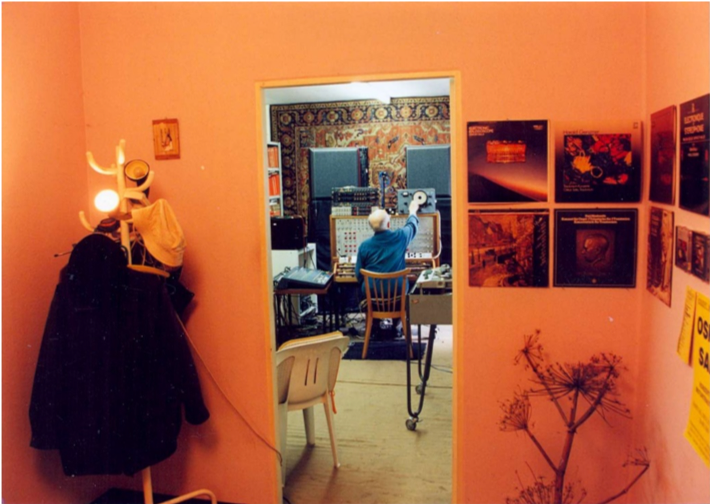
Reconstructing a Studio: Oskar Sala’s Nachlass at the Deutsches Museum, Munich
by Christina Dörfling
When the musician Oskar Sala, co-developer and only player of the electronic instrument Trautonium, died on February 26, 2002, aged ninety-one, he had long since settled his legacy. In 1995, his last tube-based instrument, the Mixturtrautonium, went to the Deutsches Museum in Munich as a permanent loan. Since then it has been part of the permanent exhibition of musical instruments in the museum’s [...]
February 5, 2020
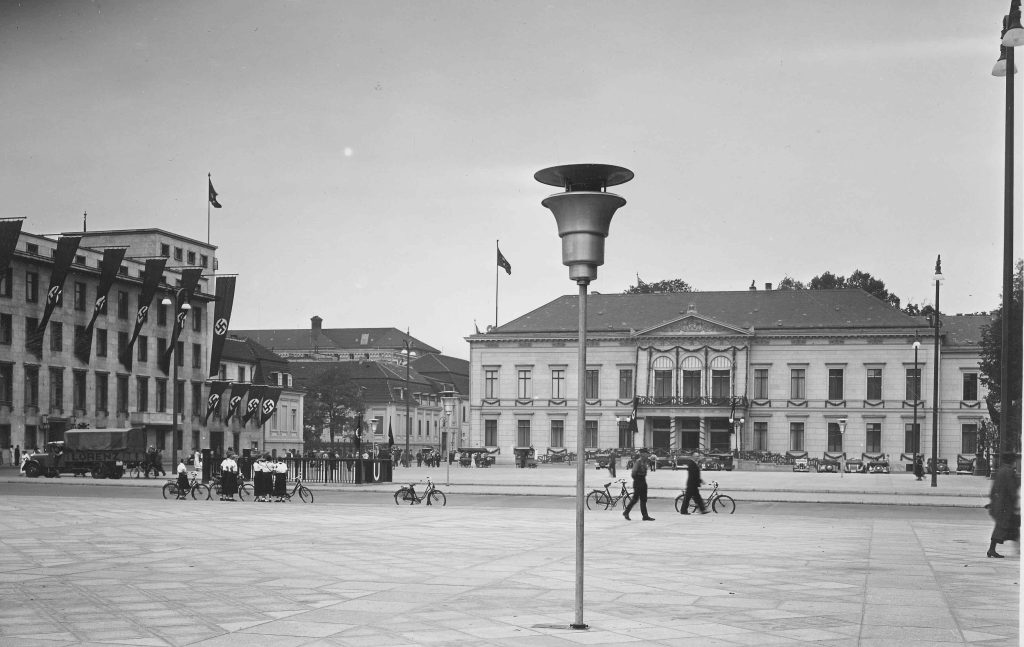
Large Sound Amplification Systems in Interwar Germany: Siemens and Telefunken
by Roland Wittje
In the 1920s, electrical companies in Europe and North America started to develop large sound amplification systems for a variety of public spaces, such as public squares, town halls, theaters, cinemas, sports arenas, and churches. These large amplification systems differed in design to [...]
January 23, 2020
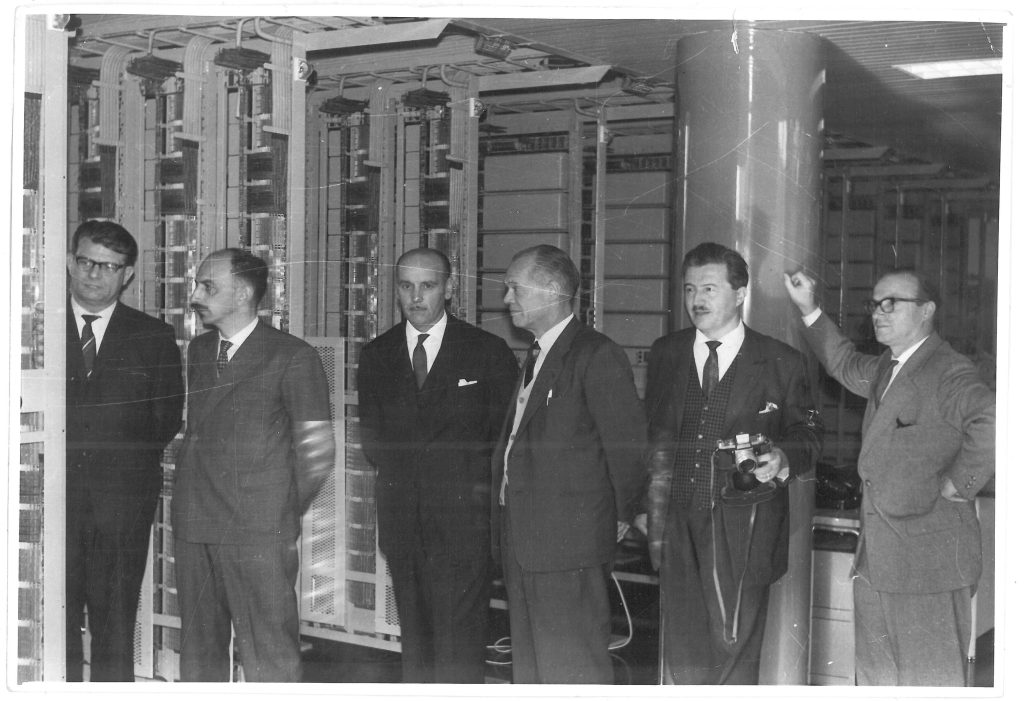
Anton Springer and the Time and Pitch Regulator
by Fabian Voigtschild, Jonathan Sterne and Mara Mills
Since the beginnings of mechanical sound recording, playback rate and pitch were linked: increase the speed from the speed at which the sound was recorded and the pitch of the recording goes up; decrease the speed, the pitch goes down. This was true for cylinder, disc, film, wire, and tape playback. Yet there were many occasions where people wanted to play back a recording at [...]
January 14, 2020
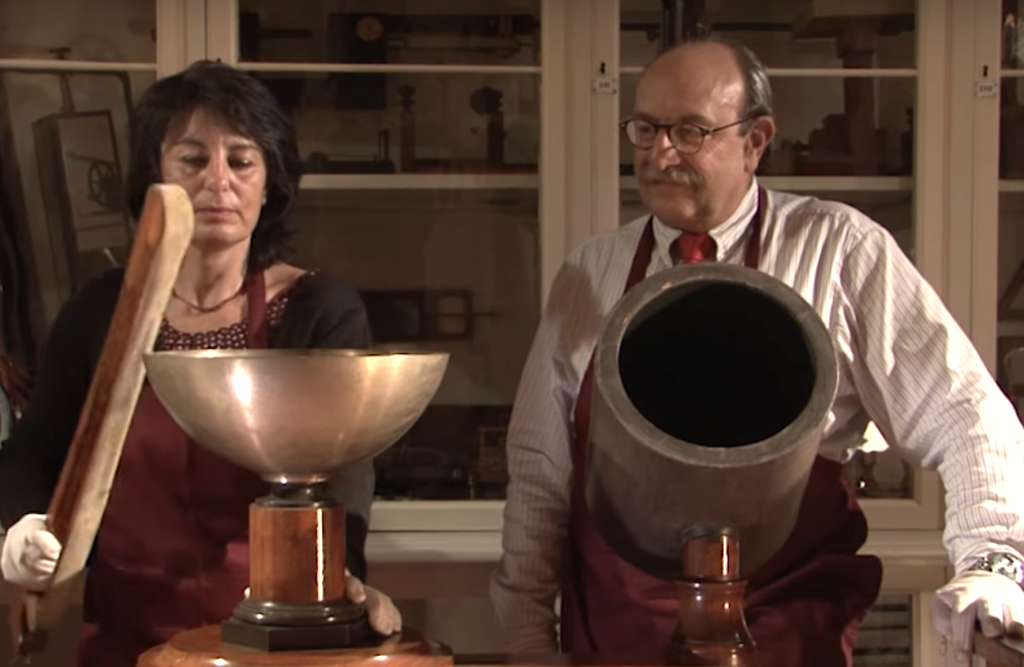
Nineteenth-Century Acoustics and Its Instruments: On the Method of Reenactment
by Paolo Brenni
The scientific instruments used for research and teaching in the nineteenth and early twentieth century are beautiful and fascinating artifacts. However, they are not self-explanatory, and it is difficult to present and explain them to the public in museums and historical collections. [...]
January 14, 2020
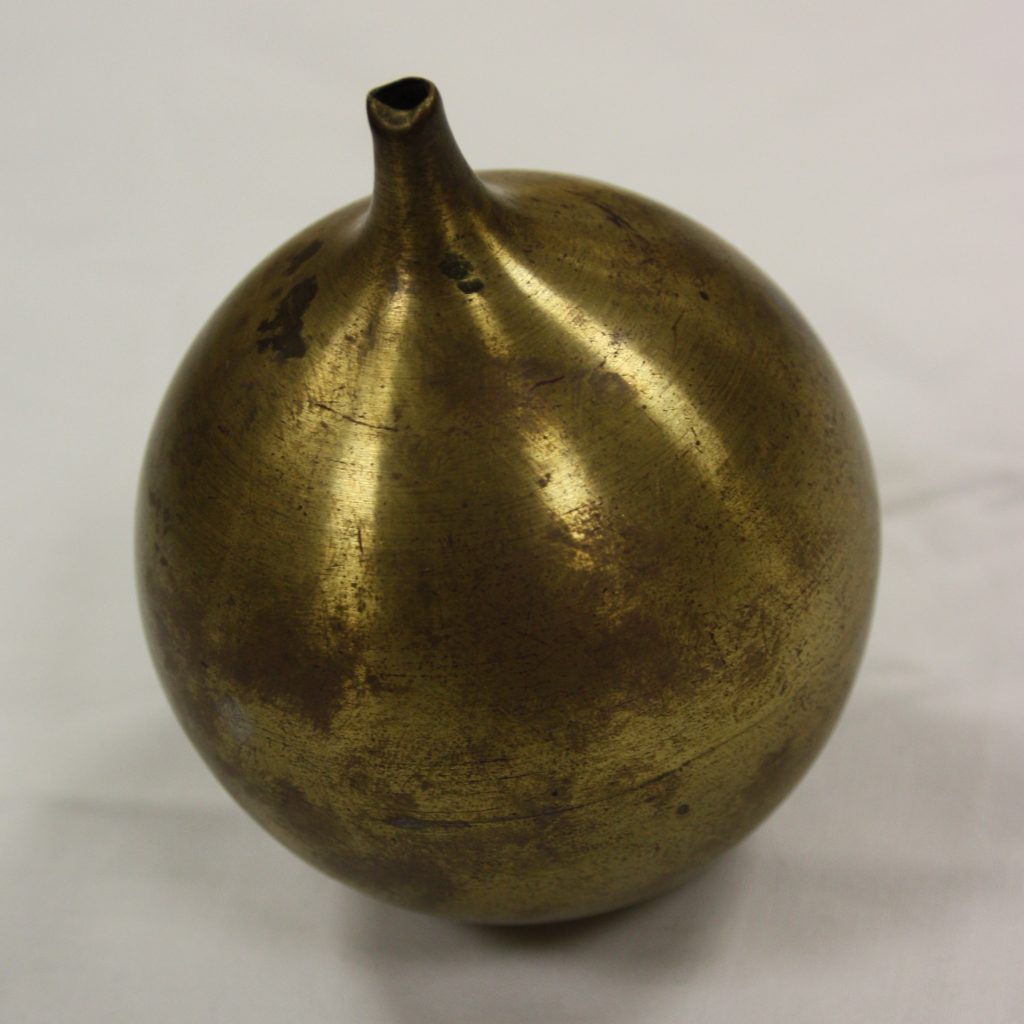
Variations on a Theme: The Movement of Acoustic Resonators through Multiple Contexts
by David Pantalony
The spherical acoustic resonator was one of the foundational instruments of nineteenth-century physics, physiology, and psychology. There are still hundreds of historic examples hidden in museums and campus storage rooms in Europe, North America, Asia, and South America. [...]
July 17, 2019
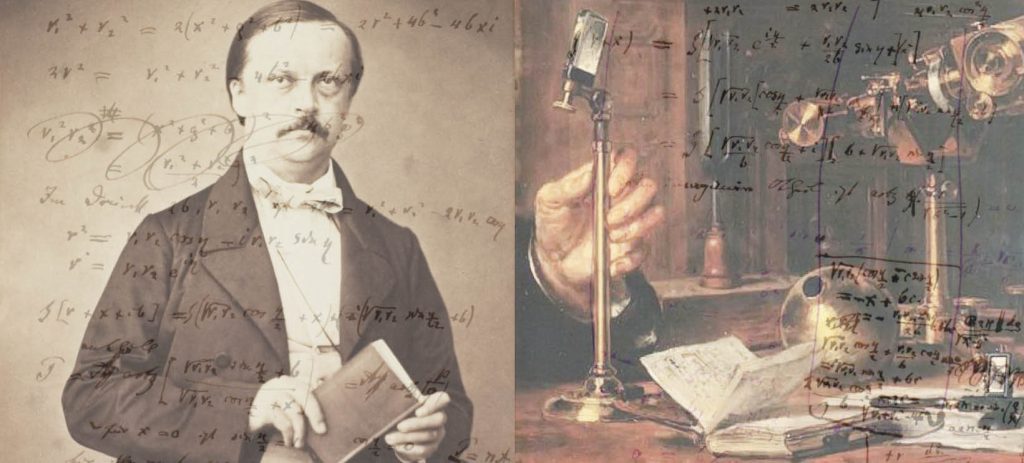
Teaching Acoustics: Hermann von Helmholtz’s Lecture Notebooks
by Katharina Preller
For forty-five years, Hermann von Helmholtz taught physiology, anatomy, and physics at several universities. That included lectures on acoustics for physics students—a very different audience from the musicologists and musicians whom, among others, he had addressed in his most celebrated work, On the Sensations of Tone as a Physiological Basis for the Theory of [...]
February 8, 2019

Microtonal Keyboard Instruments in Early Modern Europe
by Leon Chisholm
The standard interface of pianos, organs, and other keyboard instruments, with its pattern of twelve interlocking keys, is a compromise by design. The twelvefold division of the scale into fixed pitches has both shaped and served Western music since medieval times. Yet the notes of this scale form pitch relationships that, for the most part, only approximate the intervals of [...]
June 20, 2018
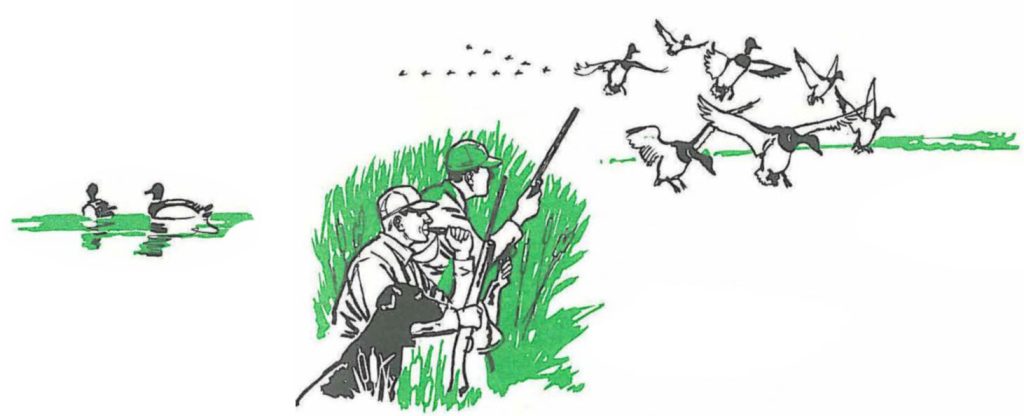
Mimicking the Voices of Nature: The Sounds of Hunting in Twentieth-Century America
by Alexandra Hui
Early European settlers brought firearm technology to waterfowl hunting in the Americas. In the late eighteenth century, market hunting of the goose and duck flocks of the Atlantic and Mississippi Flyways proliferated. Hundreds of bird species move along the Atlantic coast and from the headwaters of the Mississippi River in Minnesota and Ohio to the Gulf of Mexico, migrating between breeding grounds [...]
June 12, 2018
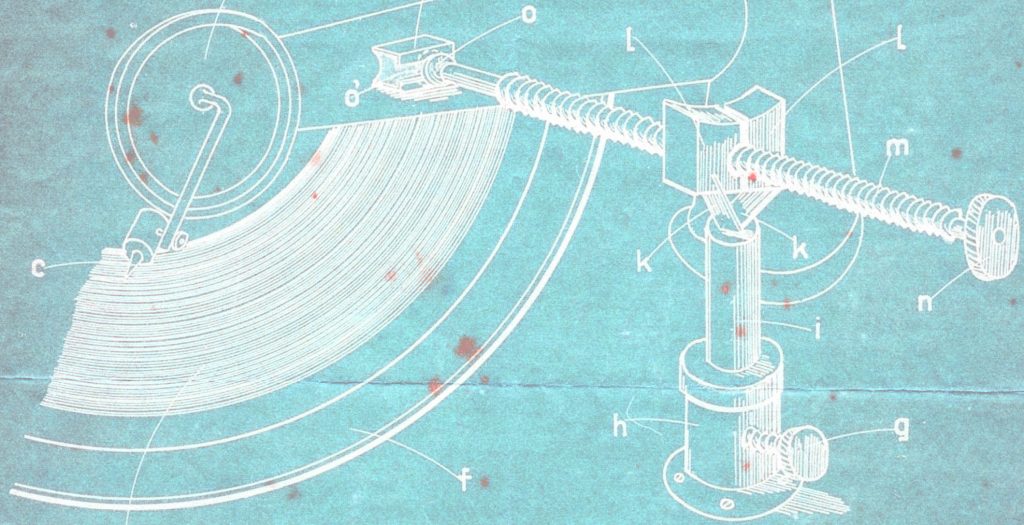
Sound Archiving and Discipline Formation in Berlin around 1900
by Viktoria Tkaczyk
Sound is ephemeral. For a long time, it escaped scientific scrutiny, and the invention of the phonograph in the 1870s was celebrated as a long-awaited research tool in both the humanities and the sciences. Before long, various scientific sound archives had been founded for the systematic collection, preservation, and study of sound recordings. Two [...]
April 6, 2018
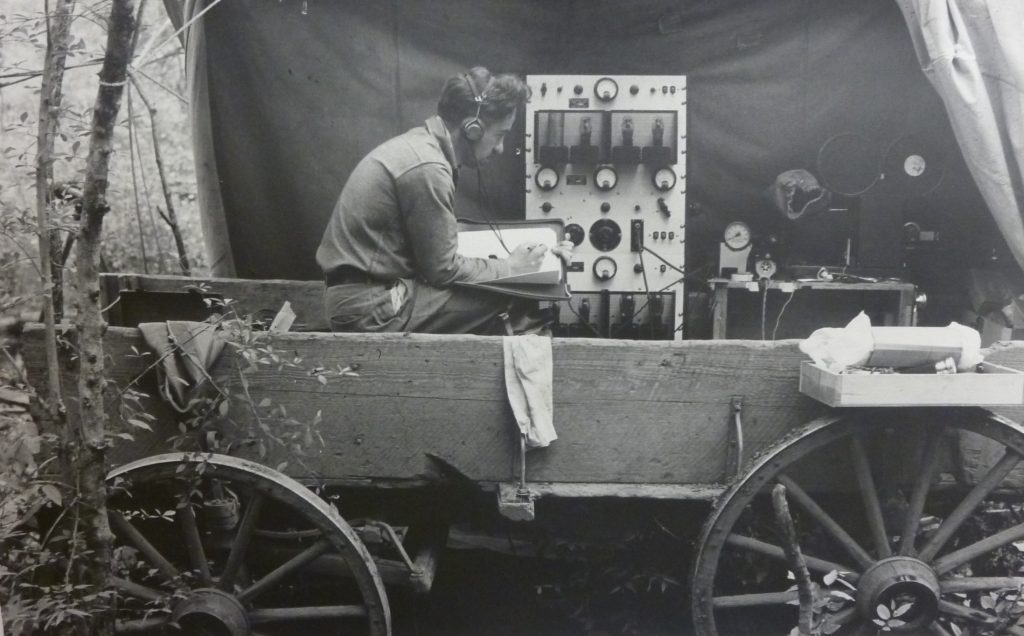
Scientific Listening in the Field: A History of Animal Recording
by Joeri Bruyninckx
Chip-chip-chip-chwee-chwee-tissi-chooeeo! These nonsense syllables have traditionally been used to capture the simple Chaffinch song, often to the despair of both novice birdwatchers and expert ornithologists. It is not to be confused with the Song Thrush’s Chippoo-it tio-tew tutee-o wee-ploo-ploo tu-itty. “Each bird sings its own song,” a well-worn cliché advises, and since the late nineteenth [...]
March 9, 2018
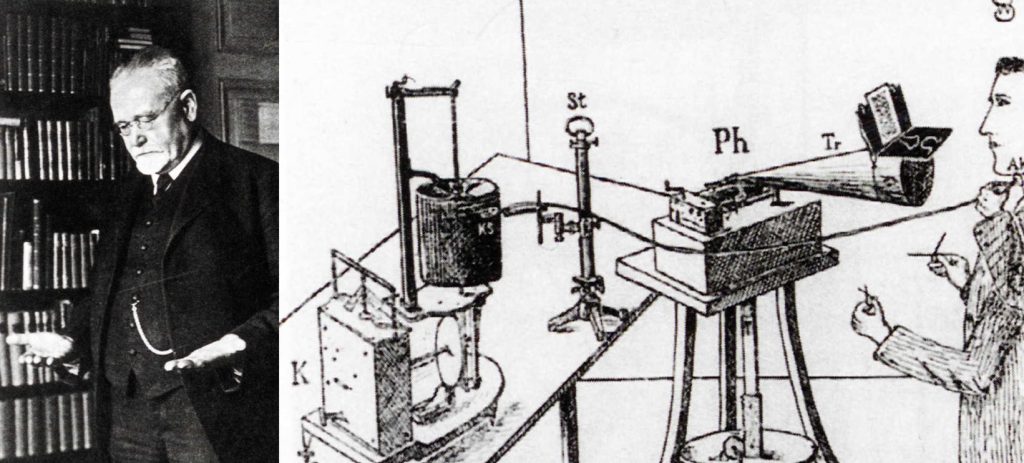
The Promise of a Philology of the Ear: Eduard Sievers and Sound Analysis
by Reinhart Meyer-Kalkus
Around 1900, the Leipzig Germanist Eduard Sievers and his students gave new value to the auditory and phonetic aspects of written documents. With considerable methodological effort and public attention, they issued a rousing call for a “philology of the ear” to replace the “philology of the eye.” Whereas Sievers’s colleagues in historical linguistics limited themselves to the silent reading [...]
March 5, 2018
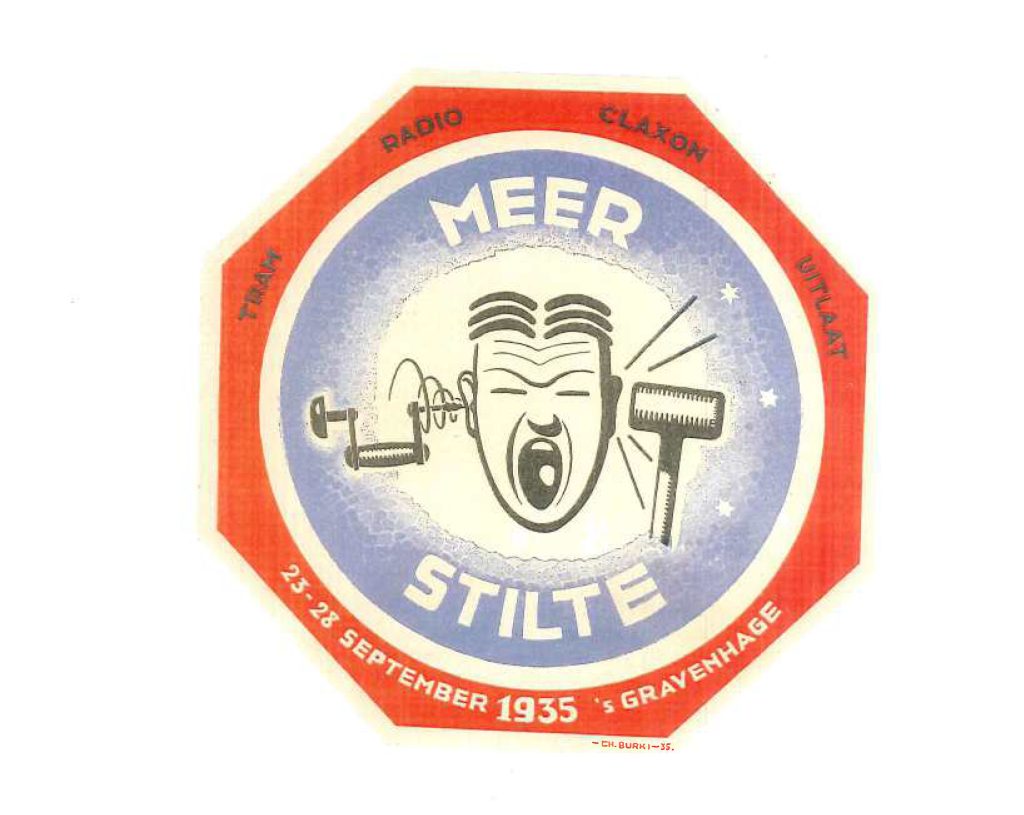
A Sound Foundation: The Early Years of the Dutch Society for Acoustics
by Karin Bijsterveld
The Dutch Society for Acoustics (Nederlands Akoestisch Genootschap) received its current name in 1962, but was established as the Sound Foundation (Geluidstichting) in 1934. Right from the start, its board aimed both to disseminate knowledge about sound and to intervene in societal issues around sound. Studying and abating noise soon became a priority. Through the Sound Foundation, Dutch scientists [...]
February 26, 2018
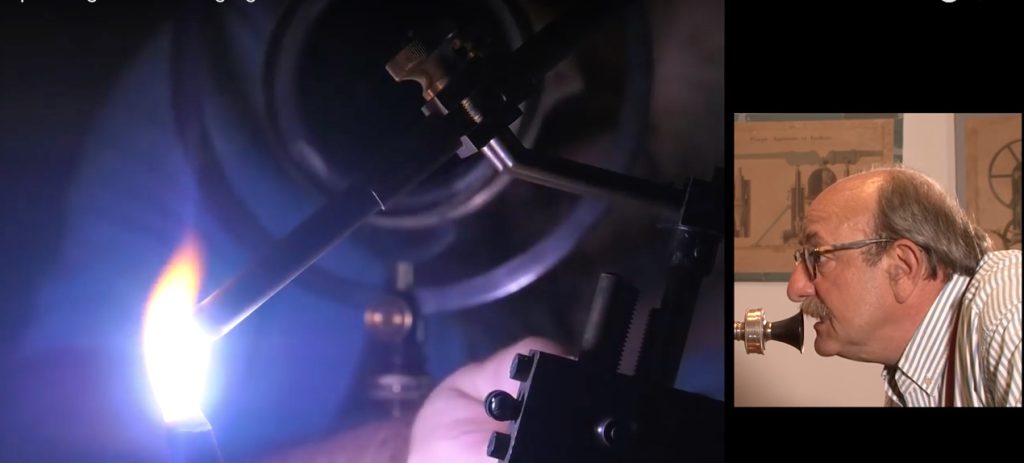
The Speaking and Singing Arc: The Sound of Electricity at the Fin de Siècle
by Roland Wittje
Experiments reenacted by Paolo Brenni, Anna Giatti, and Roland Wittje (film by Antonio Chiavacci) at the Fondazione Scienza e Tecnica in Florence, July 2016 Electroacoustics around 1900 The rise of electrical technology and electromagnetic theory transformed acoustics into electroacoustics around the turn of the nineteenth to the twentieth century. It was then that the singing and speaking arc emerged [...]
February 19, 2018




